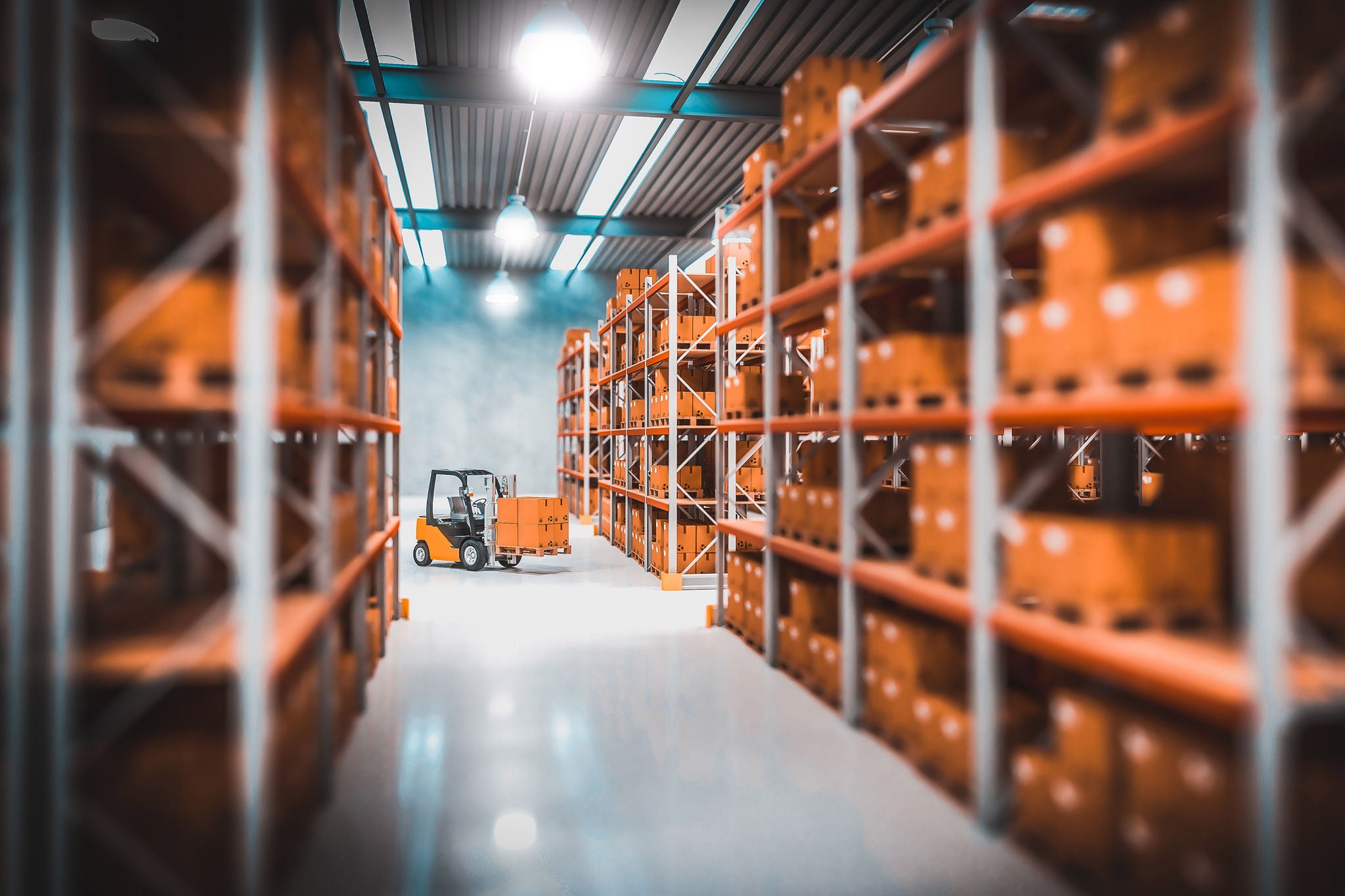This year, global trade executives concentrated the discussion on internal KPIs; differences between compliance KPIs or, as one participant defined the term, “exposure-driven” KPIs; and value preservation KPIs.
Participants consistently interchanged “compliance” with “quantitative” and “value preservation” with “qualitative.” With examples of compliance or quantitative, KPIs of “effective duty rate” and “duty under management” encompassed broad consensus that these historic KPIs were used to report the efficacy and efficiency of the trade function. They are still widely intact and in use with small additions. That differs, however, from the conversation about external KPIs. With risk registers reporting on quantitative and qualitative risk globally, by country and by activity (e.g., government interaction, overall enforcement increase) and global penalty calculators, global trade executives have become more effective at evaluating third parties.
In previous global trade leading practices reports, third-party KPIs were limited to broker management. Now, while still important and a part of the external KPIs, companies are developing questions and processes to better assess and model the impact of broader geopolitical risk and of individual country risk on the trade function and the business.
EY point of view
Developing meaningful, measurable KPIs is an area that continues to require attention and development. Objective means for measuring the effectiveness of the global trade function continue to be limited to transactional results and duty savings. In addition, few examples exist where global trade functions have developed internal KPIs to measure the effectiveness of the function in addition to KPIs that measure compliance or transactional effectiveness. Perhaps part of the challenges result from access to meaningful data. As companies progress with global trade technology and slowly achieve consistent, usable data, we expect to see progression with regard to metrics as well. Companies that can effectively develop KPIs that measure function effectiveness — even better when tied to overall corporate goals — will have another angle for effective executive communication and will elevate high performers in the function. This may assist with retention of talent as well.
Conclusion
Global trade functions have been inundated over the last few years with matters requiring their time and attention. Even with the level of attention required, global trade executives have found some spare time to focus on the continued progression of their function, developing and caring for resources, expanding their scope to cover forced labor and other ESG topics, expanding internal processes related to sanctions and export controls, and improving automation. However, global trade executives are not fully satisfied and find that there is work yet to be done to address internal and external challenges that will continue.
Global trade executives would like additional time to spend on strategy and planning, data analytics, and trade processes and controls. Similarly, global trade executives would choose to add additional resources to those areas. Interestingly, even though ESG is the new hot topic in trade, none of the survey participants would choose to add resources to ESG, which may also be contributing to the ongoing discussions on where ESG responsibility should sit within the organization. Instead, global trade executives prefer to place additional resources in data analytics and trade processes and controls.
The majority of survey participants believe that supply chain disruptions, nationalistic policies and geopolitical instability will continue to be external forces requiring their attention. These are cross-functional, complex issues that will require the direct attention of the global trade functional leader. It is not surprising that the global trade executives called out human capital, supply chain visibility and data flows as being the greatest internal challenges. Thus, having an agile, well-resourced function with established processes and a certain degree of automation and operational activities running smoothly in the background will be critical to freeing up these resources. The challenge of freeing up resources for more strategic activities has been addressed in previous leading practices reports, and while some parts were addressed, it continues to cause stress on the function.
EY point of view
In closing, global trade executives agreed that the “new normal” is best characterized as dynamic, if not unstable, due to three primary global events: nationalistic tendencies, geopolitical pressures and supply chain disruptions. This new normal has required global trade executives to rethink the direction, focus and strategy of their global trade function. Leading-class global trade functions more easily find success when these four elements are incorporated into the design of their function:
1. Cross-functional support
We note that the need for cross-functional collaboration was identified more than a decade ago as a leading practice. The shift in the need has evolved from not only the need for awareness of the global trade function but to the need for ongoing engagement with the group. New and upcoming requirements related to ESG such as forced labor, Carbon Border Adjustment Mechanism (CBAM), deforestation regulation, etc., will only contribute to the need for more and stronger ongoing cross-functional collaboration.
2. Internal branding
The global trade function has historically been viewed as a compliance engine. However, there is now recognition throughout companies of the global trade function’s ability to drive value across the organization by involvement in sourcing decisions, site planning and product or manufacturing re-engineering, to name a few.
3. The right resources and engaged talent
Having the right people, processes and technology has consistently been an important factor. However, the area where we have seen the greatest increased emphasis by global trade executives in recent years has been with regard to people. Given the ongoing race for talent and the Great Resignation, global trade functions have expanded their focus not only to consider how to attract the best talent, but also on how to develop and retain that talent, and in the leading cases, they also have incorporated succession planning into their functions.
4. Agility
Global trade practitioners have consistently been faced with the need to be agile. However, we note the more successful and mature global trade organizations have intentionally incorporated agility within the organizational model as a proactive design element. This is progression from previous years where agility was more of a reactive necessity.




















